Summary: Collection of interactive maps that provide valuable insights into the socio-ecological transformation of the built environment and related professions.
The climate crisis is acute, and changes are happening rapidly. There is a lot going on in construction, architecture, planning, in Europe and beyond, for better or worse. In this post, you’ll find a collection of interactive and informative maps that provide valuable insights into the socio-ecological transformation of the built environment and related professions. These maps aim to make certain topics and resources more accessible, illuminating various challenges in the way we shape the places and buildings we live in.
Demolition Maps
Unfortunately, demolition is still happening on a grand scale, because short-term profit and the apparent ease of tearing down and rebuilding versus rethinking what’s already there still trumps all other values.
The idea of creating an open map that brings together buildings that have already been demolished or are at risk of demolition came from Countdown 2030, a Basel-based association for sustainable building culture, who launched their Abriss-Atlas Schweiz (demolition atlas Switzerland) in 2022. In 2023, a similar map was launched in Germany – the Abriss Atlas Deutschland, by Architects 4 Future, CORRECTIV and others, focusing on buildings that have been or are to be demolished since ca. 2020.
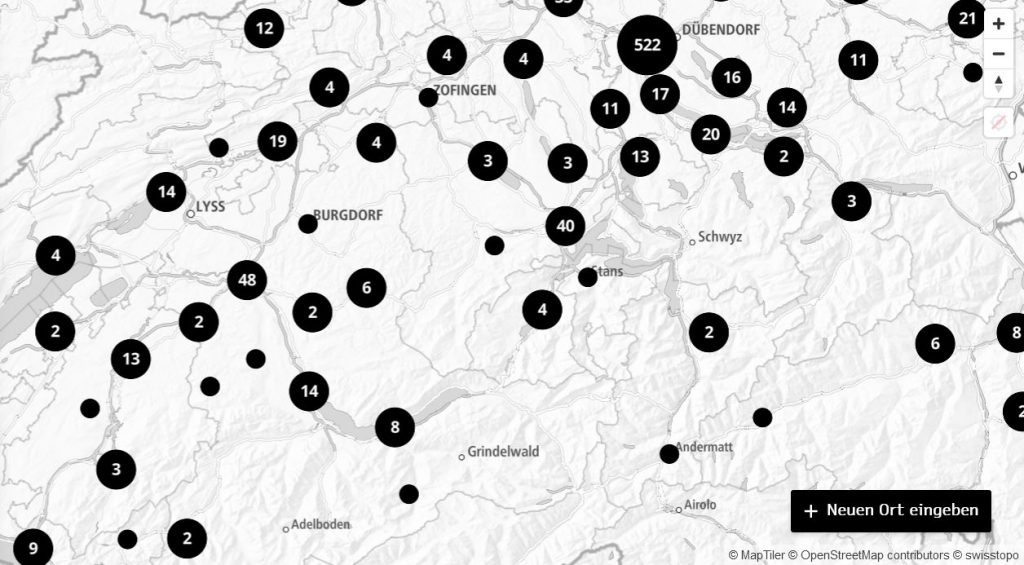
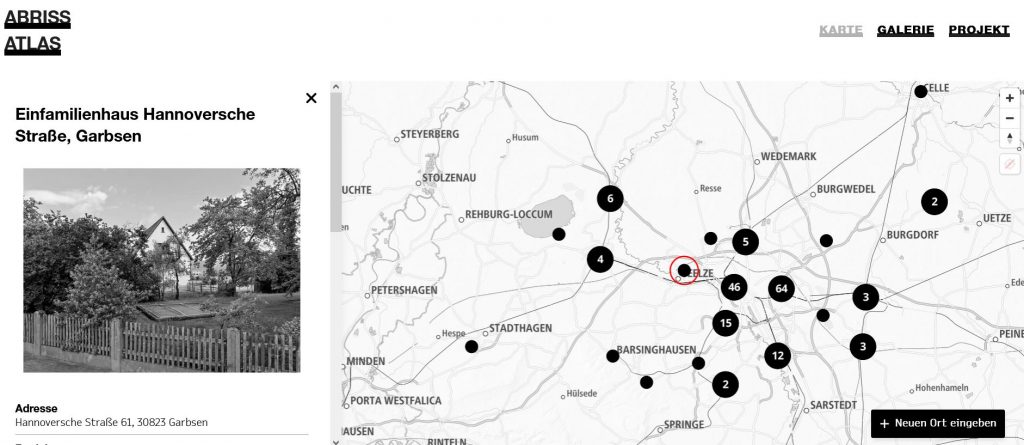
Later in 2023, ACAN Sweden (Architects Climate Action Network) published their demolition map, the “Rivningskartan”, which aims to collect those buildings that are under threat of demolition, already demolished, or perhaps saved, visualized through a color scheme throughout the map. The Swedish Version focuses on demolitions that took place from 2016 onwards, after Sweden, like most other countries, signed the Paris Agreement.

Now it’s your turn 🚀 In all of these maps, anyone can easily record buildings via the form and write comments and stories about them.
Renovation Stories by HouseEurope!
Same vision, different strategy: HouseEurope! is a citizens’ initiative who aims to implement EU-legislation that puts an end to building demolition driven by speculation or other short-sighted factors and instead boosts the activation of what is already there, through measures focused on building preservation, adaptation, renovation, and transformation.
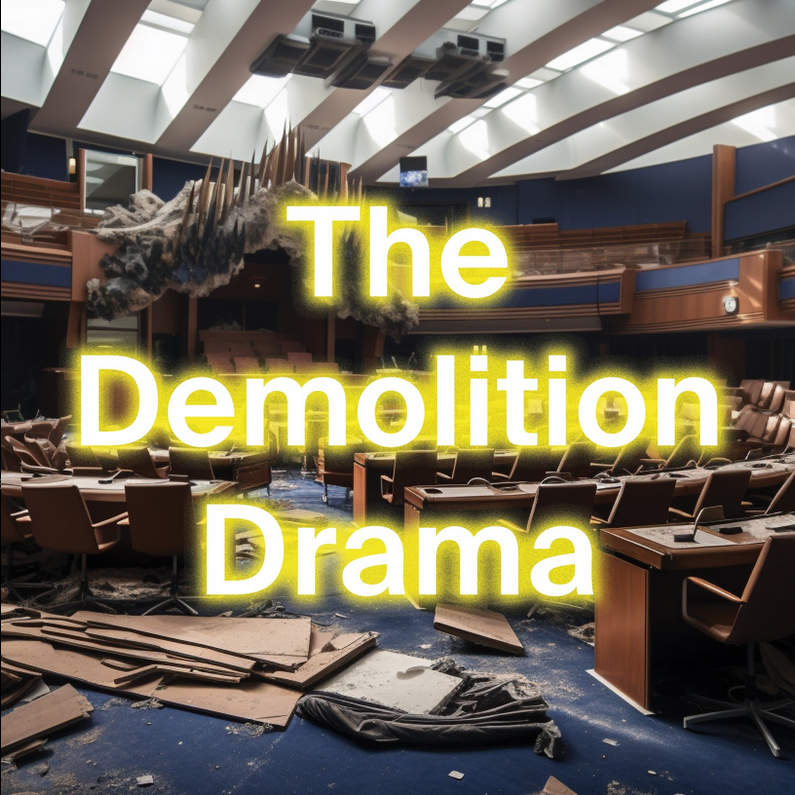
Through their ‘Renovation Stories’ map, the aim is to instigate a shift in mindset and practice, encouraging the recognition and appreciation of the intrinsic worth of existing buildings. The over 100 case-studies show that renovation is a great answer to ensure affordable living spaces and support small and medium scale businesses in the building sector, all while massively reducing CO2 emissions.

Although there is not a direct possibility to add your Renovation Story to the map, HouseEurope! needs support in their efforts to draft the ECI, communications, and soon also the signing the petition and helping to get signatures. Have a look!
Kontextur – Working Conditions
Kontextur is a digital magazine spinning around architecture, which was founded in 2017. Since then, Kontextur has enabled its community to share information and experiences concerning insights into overall working conditions, gender equality or payment structures at architectural studios, mostly through their Instagram profile. In 2024, they launched the Kontextur Maps, with which they aim to gather all the community-sourced knowledge and create a plattform, which allows for a more precise look at working conditions in architecture and other related fields.

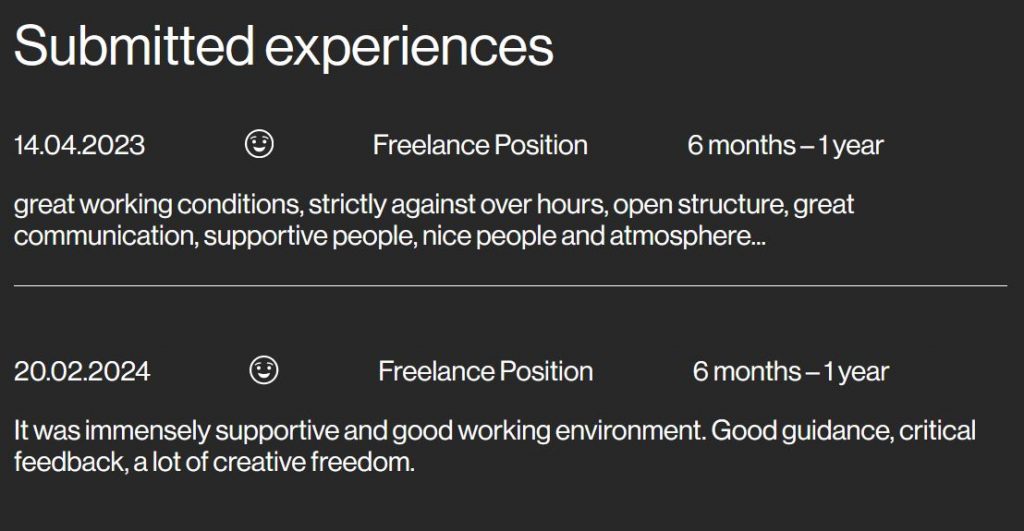
The map depends on the feedback of the community, so through your submission, others can get a better idea of what it is like to work for a certain office. If you have something to share, submit it!
Further, kontextur is also a good place to look for jobs (mostly in Germany, Austria, Switzerland), but you can also find a list of studios in different locations (mostly European cities, but also others) or with different focuses, for example female-led-studios, studios working with earth/clay. So it’s always woth a visit!
Actors of Circular Construction – Norway
An interesting Map is also the Ressurskart set up by ACAN Norge, which aims to bring together the players in the construction industry who work with a focus on reuse, reuse and recycling. The initiative’s and map’s goal is to contribute to increased reuse in the construction industry and to make it easier for architects, engineers, contractors, developers and others to find reuse references and partners.
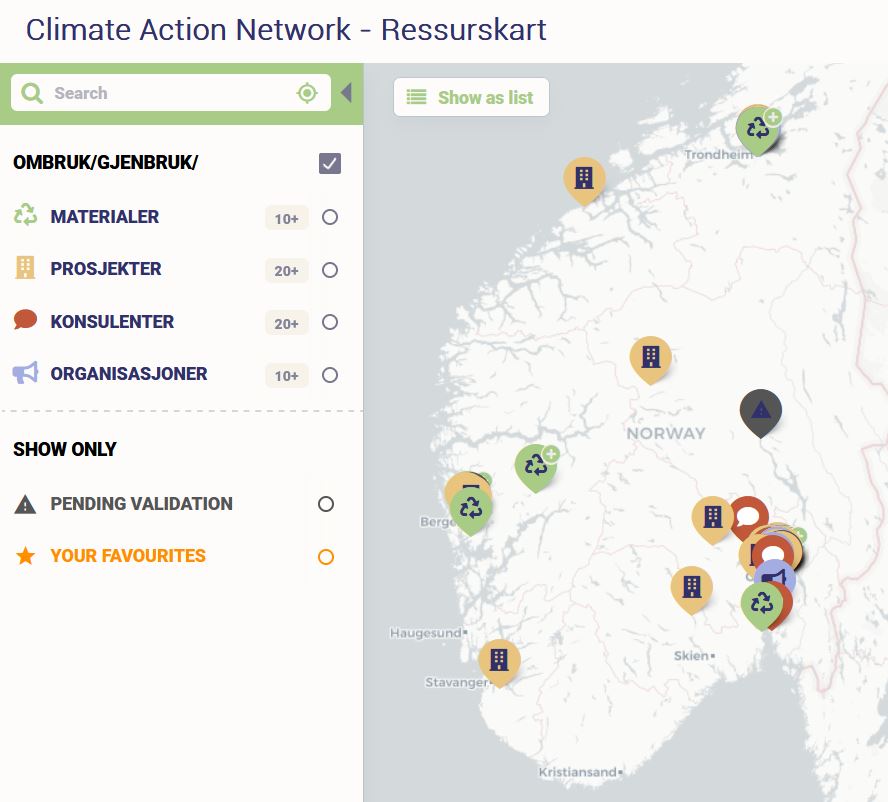
Do you know of any reuse projects, actors and organizations in Norway? Put it on the map.
Signals of change
The Story Map, a collaboration between It’s Material and the Institute for Human Rights and Business (IHRB)’s built environment program, focuses on new economic thinking in the built environment. Their starting point is that many of the challenges in the built environment, from climate and environmental impacts, to displacement and a lack of affordable and adequate housing, to exploitation of construction workers, can be traced to unsustainable business models. This map supports momentum towards signals of change in the built environment, which are connected to a rights-based economy, transparency and accountability, meaningful participation, and non-discrimination.
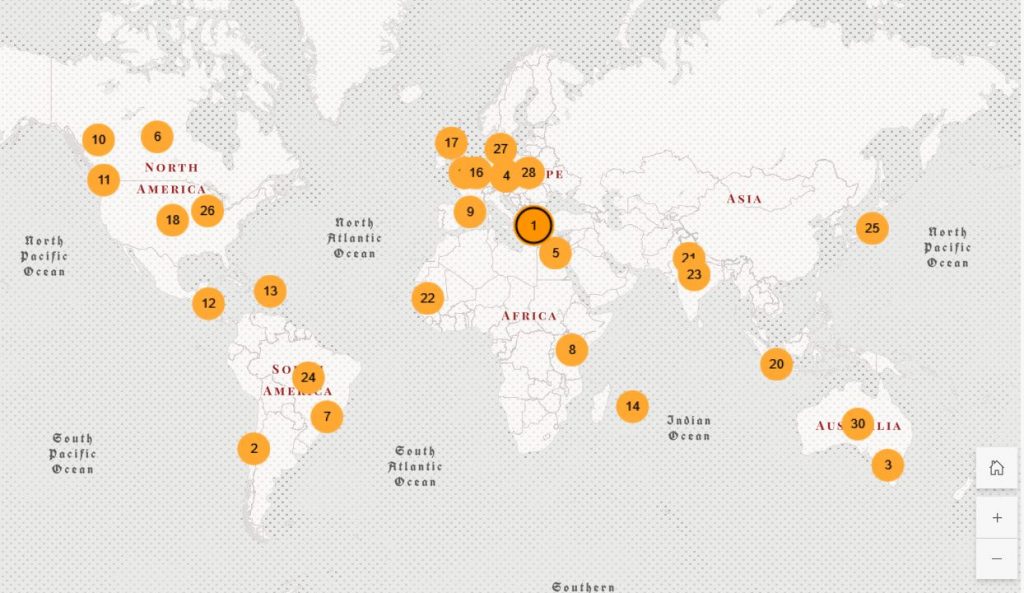
Find out more about the map here. And share your signals of change here.
Circular Economy in the Built Environment
Another mapping approach is used by the web based map of the UKGBC, showing initiatives within the built environment around the circular economy and their relation to each other.

Hope you enjoyed this little excursion!
That was our short little tour through some awesome maps focused on socio-ecological transformation of the built environment.
Let us know what you think!
What maps do you know of that we should include in this selection?
Mention in the comments or share with us via mail, Instagram & Linkedin!
THANK YOU!

Leave a Reply